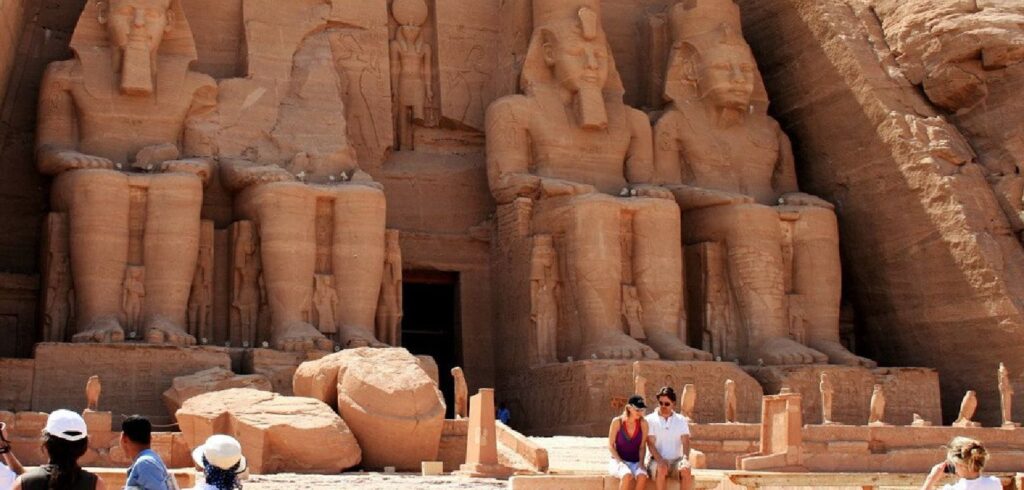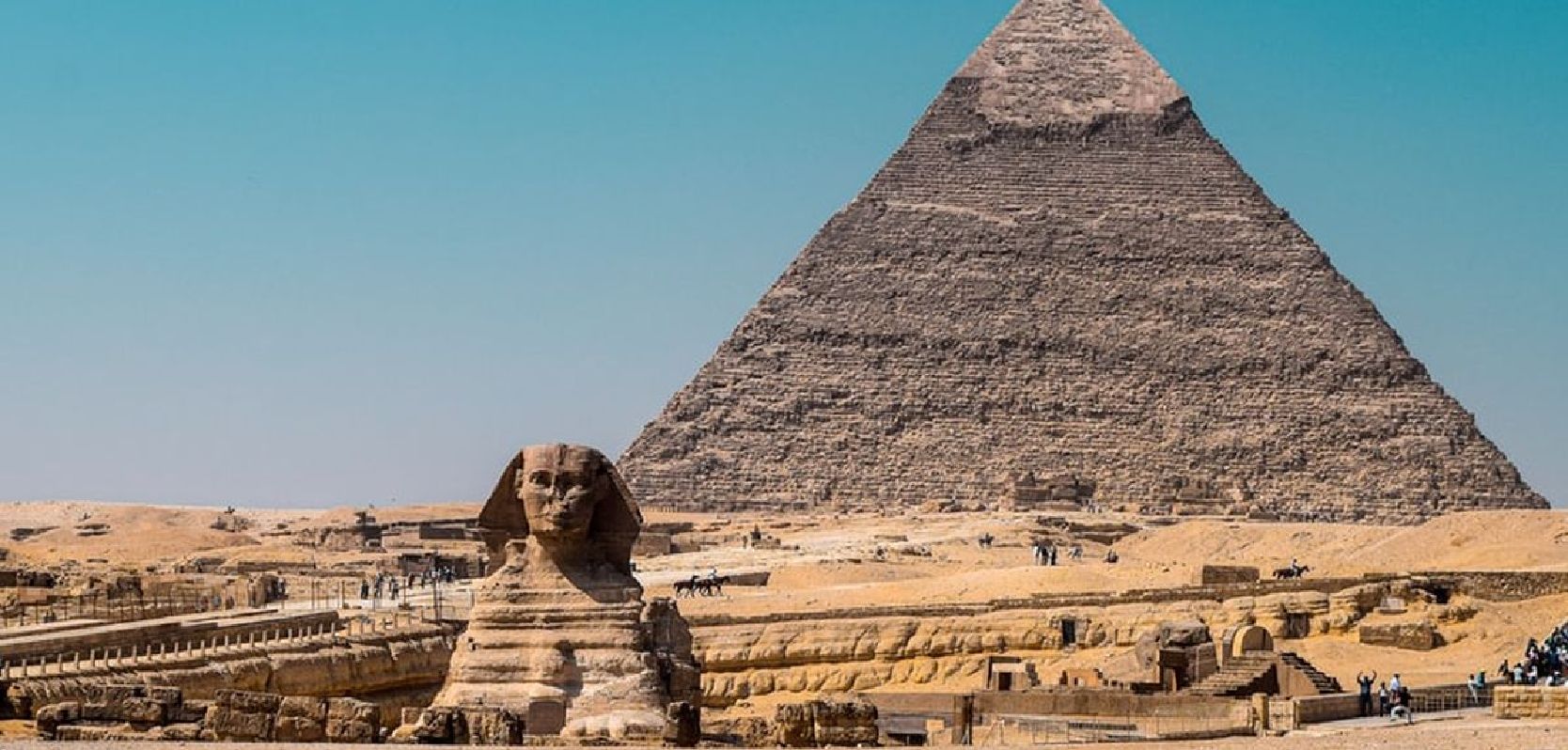Ancient Egypt is a fertile land full of wonder, holding incredible stories about a civilization that has fascinated the world for centuries, we will discuss the origins of Ancient Egypt, revealing the early stories that formed the foundation of one of the greatest civilizations in human history, with the name of the Blessed Land according to the Ancient Egyptian Environment. Ancient Egypt, surrounded by the fertile Nile River, provided an ideal base for the growth of civilization. The fertile black clay soil of the riverbanks provided life for prosperous agriculture and became the foundation of life for early Egyptian society.

Pre-Dynastic Period Early Traces of Life Before the formation of official dynasties, there was a pre-dynastic period where Egyptian society began to form small kingdoms. Traces of early settlements and simple tombs provide a picture of social and religious life at that time, Menes Dynasty: Unification of the Upper and Lower Nile In around 3100 BC, King Menes ended the pre-dynastic period by uniting the Upper and Lower Nile. This marked the beginning of the first dynasty and the formation of the Ancient Egyptian kingdom. Menes is considered the founder of the city of Memphis and was the starting point for the monarchy system in Egypt.

The Ancient Period began with the construction of magnificent monuments During the Antiquity, Egypt began building pyramids and other magnificent monuments. The Pyramid of Zoser at Saqqara, built by the famous architect Imhotep, is one of the earliest examples of the splendor of Ancient Egyptian architecture from the Old Kingdom during Egypt’s Golden Age. The Old Kingdom (2686–2181 BC) saw the peak of Ancient Egypt’s glory. The construction of great pyramids such as the Giza Pyramids and the development of the hieroglyphic writing system provide evidence of the extraordinary progress of this period. in the Middle period of challenges and Change The Intermediate Period (2055–1650 BC) saw challenges for Egypt, including foreign invasions and a period of political turmoil. Despite this, culture and art continued to develop during this period.

The start of the New Kingdom marked the Return of Splendor The New Kingdom (1550–1070 BC) brought Egypt’s glory back. Rulers such as Ramesses II built magnificent temples and continued the construction of pyramids. During this period, religion and art reached their peak. Ultimately, Egypt’s conquest and decline in foreign hands began when Egypt experienced a period of decline when foreign nations such as the Persians, Greeks and Romans occupied Egyptian land. Even under foreign rule, Egypt’s cultural heritage lives on and contributes to the development of the entire region. With Egypt’s legacy in the form of an eternal legacy. Even though Egypt’s glory days have ended, its cultural and intellectual legacy lives on to this day. The pyramids, temples and works of art of Ancient Egypt are time-tested evidence of the greatness and splendor of that civilization.
The Immortal Life of Ancient Egypt in Historical Excerpts Ancient Egypt, with its majestic history and full of wonders, offers a unique perspective on the development of human civilization. The intellectual, artistic, and architectural heritage of Ancient Egypt remains a source of inspiration and an object of admiration for subsequent generations. Through its amazing origins, Ancient Egypt continues to provide stories that shape human history.











